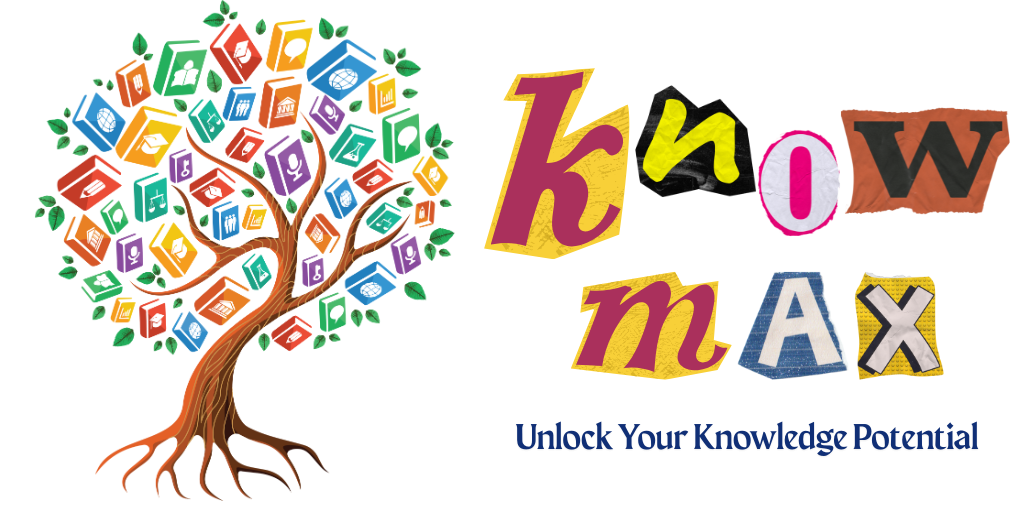As we navigate the rapidly evolving landscape of artificial intelligence, the question arises: how can we effectively teach in a way that remains human-centered? The integration of AI into education presents both challenges and opportunities, prompting educators to rethink their pedagogical strategies.
With the continuous emergence of new AI tools, it can be overwhelming for educators to stay updated. However, the focus should not solely be on the technology itself but rather on how we can leverage these advancements to enhance personalized learning experiences. The key lies in designing curricula that not only incorporate AI but also foster critical thinking and creativity among students.
Educators are increasingly faced with important questions, such as:
- What strategies can I implement to ensure that assignments require more than just AI-generated responses?
- How can I create a learning environment that allows students the choice to use AI tools while effectively assessing their performance?
In the following sections, I will explore effective teaching practices that prioritize personalized learning, equipping students with essential skills such as critical thinking, problem-solving, collaboration, and, most importantly, curiosity.
Maximizing Classroom Engagement
To create a dynamic learning environment, it is crucial to employ a variety of teaching methods. Here are three strategies to consider:
-
Implement a generative learning model where each assignment builds on previous knowledge, allowing students to demonstrate their cumulative understanding.
-
Incorporate interactive activities in every class session, reinforcing concepts through collaboration and discussion.
-
Adopt a flipped classroom approach, utilizing class time for engaging discussions rather than traditional lectures. Assign readings or videos for students to review beforehand, enabling deeper exploration of the material during class.
For instance, consider a structured approach to preparing students for presentations:
-
Week 1: Students draft a one-page summary of their research for peer feedback, with guidance on providing constructive critiques.
-
Week 2: Based on peer feedback, students create a slide for a three-minute thesis presentation, which they bring to class for further input.
-
Week 3: Engage students in a “slide karaoke” activity, where they present unfamiliar slides and receive feedback on their presentation skills.
-
Week 4: Students refine their presentations using feedback from the previous week and practice in front of mentors.
-
Week 5: Final presentations are delivered to an audience for evaluation.
-
Week 6: Students reflect on their learning journey through a summary of the entire experience.
This sequence of assignments is tailored to each student’s unique experience, ensuring that the final report reflects their individual insights. While students may utilize AI tools for editing, the personal nature of their reflections cannot be replicated by technology.
In larger classes where individual presentations may be impractical, consider an alternative approach:
- Week 1: Assign a video or reading on DNA basics, followed by a group discussion on Mendelian inheritance.
- Week 2: Students read about DNA packaging, with in-class discussions focusing on chromatin structure.
- Subsequent classes build on these concepts, culminating in a final report that requires students to synthesize their personalized learning experiences.
Embracing AI tools in the classroom can still promote critical thinking. For example, students could use AI to generate a report on a class topic, followed by an assessment of the AI’s output, correcting any inaccuracies and citing sources.
Demonstrating AI’s limitations in class can be an effective teaching tool, and offering this as an optional assignment allows students to choose their approach. Instructors should develop distinct rubrics for students who utilize AI versus those who do not, ensuring fair evaluation based on content, clarity, and critical analysis.
Preparing for Teaching Opportunities
When applying for teaching positions, it is essential to address the role of AI in your teaching philosophy and its implications for higher education. Numerous resources are available on this topic, providing insights into the integration of AI in educational settings.
As we explore the potential of AI in our teaching practices, we must remain mindful of the human element that underpins education. Encouraging face-to-face interactions and being attuned to students’ emotional states can significantly enhance the learning experience. By prioritizing the human aspects of teaching, we can create assessments that are deeply rooted in personalized learning.
For those pursuing careers in education, it is vital to develop strategies that center on the human experience. Incorporating these elements into your teaching dossier will undoubtedly strengthen your application and showcase your commitment to fostering meaningful learning environments.
